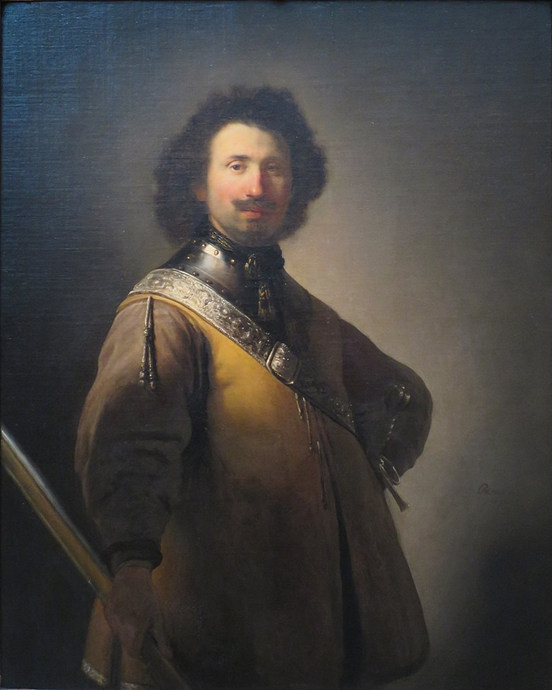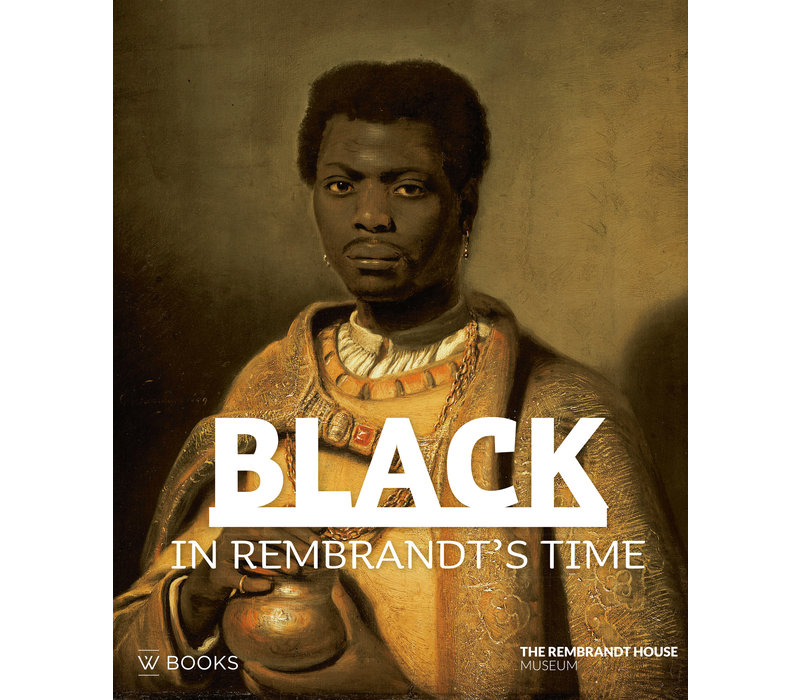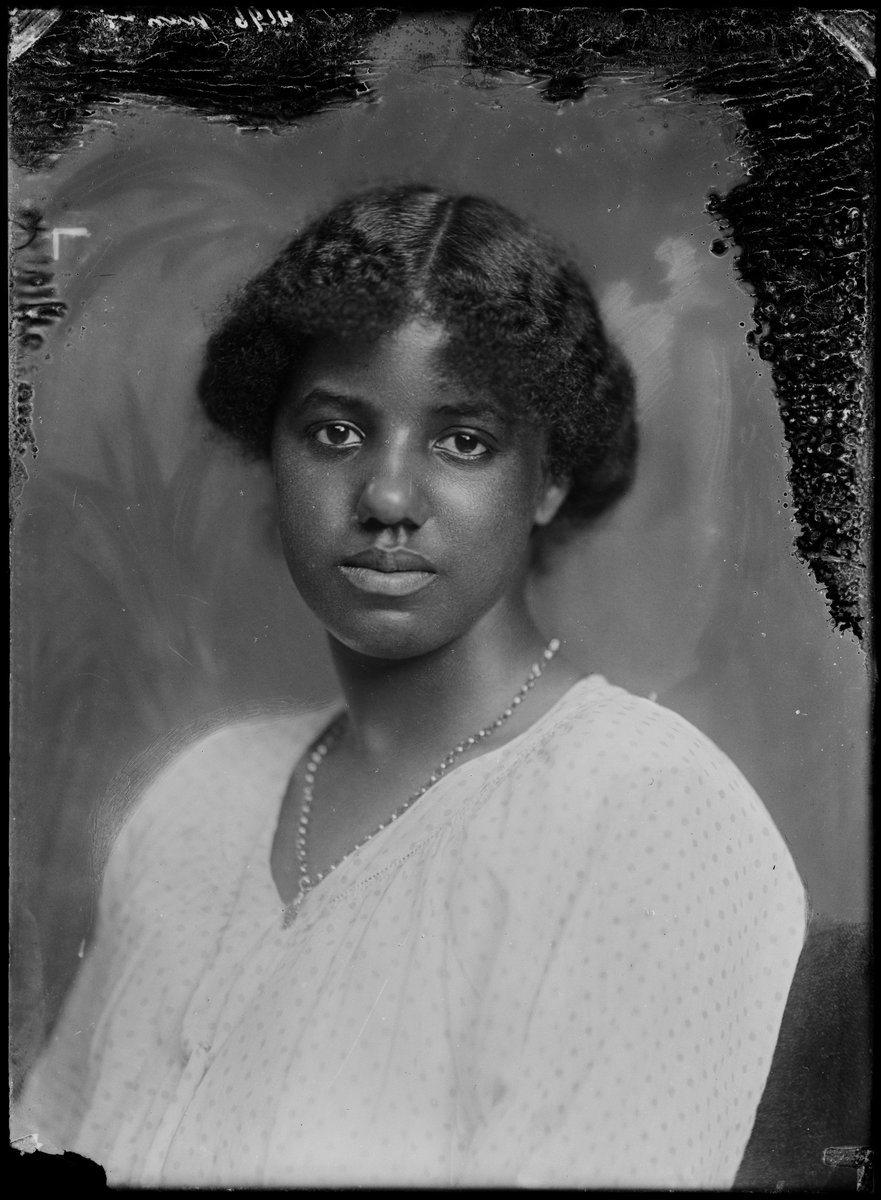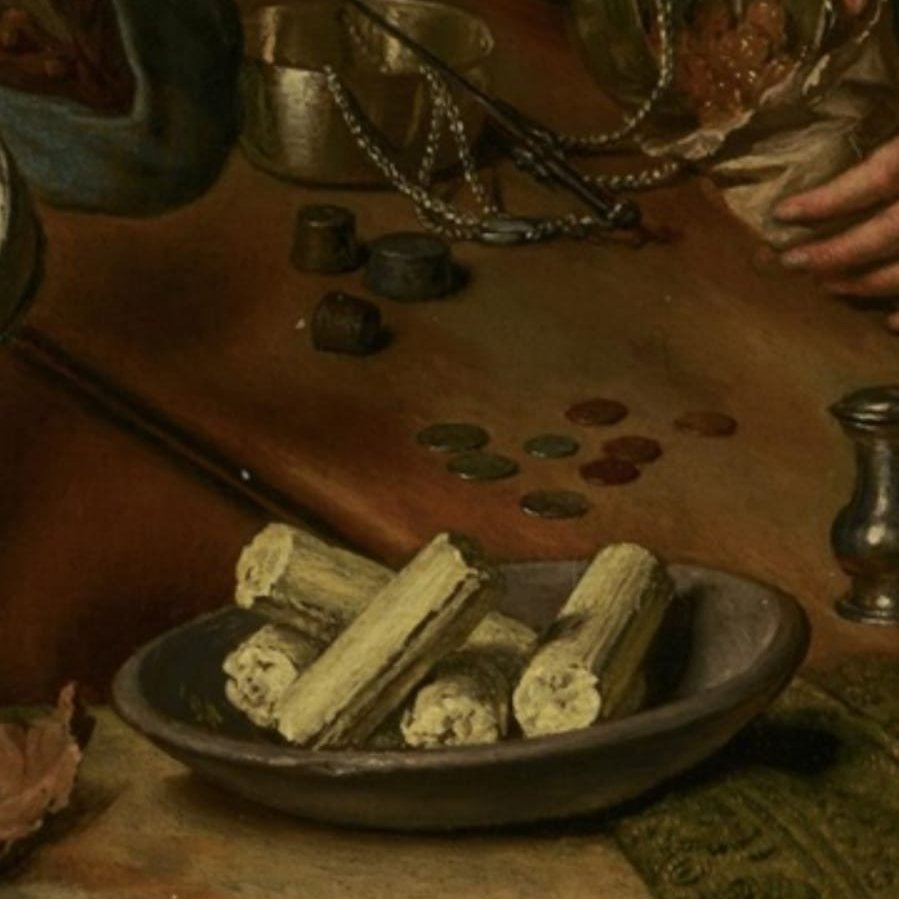
We will likely never be able to establish with certainty the identity of the two Black men painted by Rembrandt. There are no documents found, linking the painting to individuals. But we can make a reasoned guess. #BlackHistoryMonth #day20 #rembrandt #identification 

First there is the problem of the date. The inventory with a reference to 'two Moors in one painting' was drawn up in 1656 in what is now the @Rembrandthuis; however, the painting that hangs in the @Mauritshuis bears not only Rembrandt’s signature but also the year 1661. 



Was the painting made in 1656 while Rembrandt was still living and working in Jodenbreestraat, and not signed and sold until 1661, when he had moved to the Jordaan district? The 1656 estate inventory suggests this.
On the other hand, it is of course possible that Rembrandt painted several pictures featuring two black men. Nevertheless, supposing that it is one and the same
painting, then we can assume that the two men
were in the studio in Jodenbreestraat to be portrayed in or before 1656.
painting, then we can assume that the two men
were in the studio in Jodenbreestraat to be portrayed in or before 1656.
Of course there still are dozens of candidates, since there was a small Black community in the area. However, it is striking, and exceptional, that two men are portrayed instead of one, as was customary in this genre.
Against that background, two candidates stand out. The two men in the painting radiate a certain intimacy, from which might be deduced that they are brothers, or at least closely acquainted.
And at the time, two brothers were living in the area: Bastiaan and Manuel Fernando, two brothers hailing from the island of São Tomé who appeared before a notary on 19 April 1656. #BlackHistoryMonth #Rembrandt 



These men, who brought along Jan Sanders of Guinea as a witness, hired themselves out to the Admiralty (the Amsterdam Navy) as sailors.
In 1657, the 25-year-old Bastiaan married Maria from Angola. The couple gave their address as Sint Antoniespoort (3), at the end of Jodenbreestraat, a few hundred meters from Rembrandt’s studio (7). 



Naturally this is far from conclusive evidence, but for the time being I don't think we can get any closer to an identification at this point.
Parenthetically, the 1656 deed states that Bastiaan and Manuel served under captain ‘Corderie’. Corderie is a name that does not occur elsewhere, however Joris (de) Caullerij does. As coincidence would have it Rembrandt portrayed this Joris de Caullerij 24 years earlier in 1632. 



This thread is an excerpt from my eassay 'Black in Amsterdam around 1650', in the catalogue Black in Rembrandt's TIme. Get in at the @Rembrandthuis or your local bookstore. webshop.rembrandthuis.nl/en/black.html 

Here an older thread about my research into the Afro-Atlantic Community in 17th Amsterdam:
https://twitter.com/voetnoot/status/1105570603040493573
And one about mixed marriages
https://twitter.com/voetnoot/status/1209453947536248832
For people who read #portuguese, please check out the story about Juliana from #Brasil (1656) @FBN
https://twitter.com/voetnoot/status/1339674752793915392
And of course some stories at my blog voetnoot.org/category/engli…
During #BlackHistoryMonth everyday a tweet about Amsterdam’s Black History. This was tweet/thread #20
https://twitter.com/voetnoot/status/1356558265803538433
• • •
Missing some Tweet in this thread? You can try to
force a refresh




















